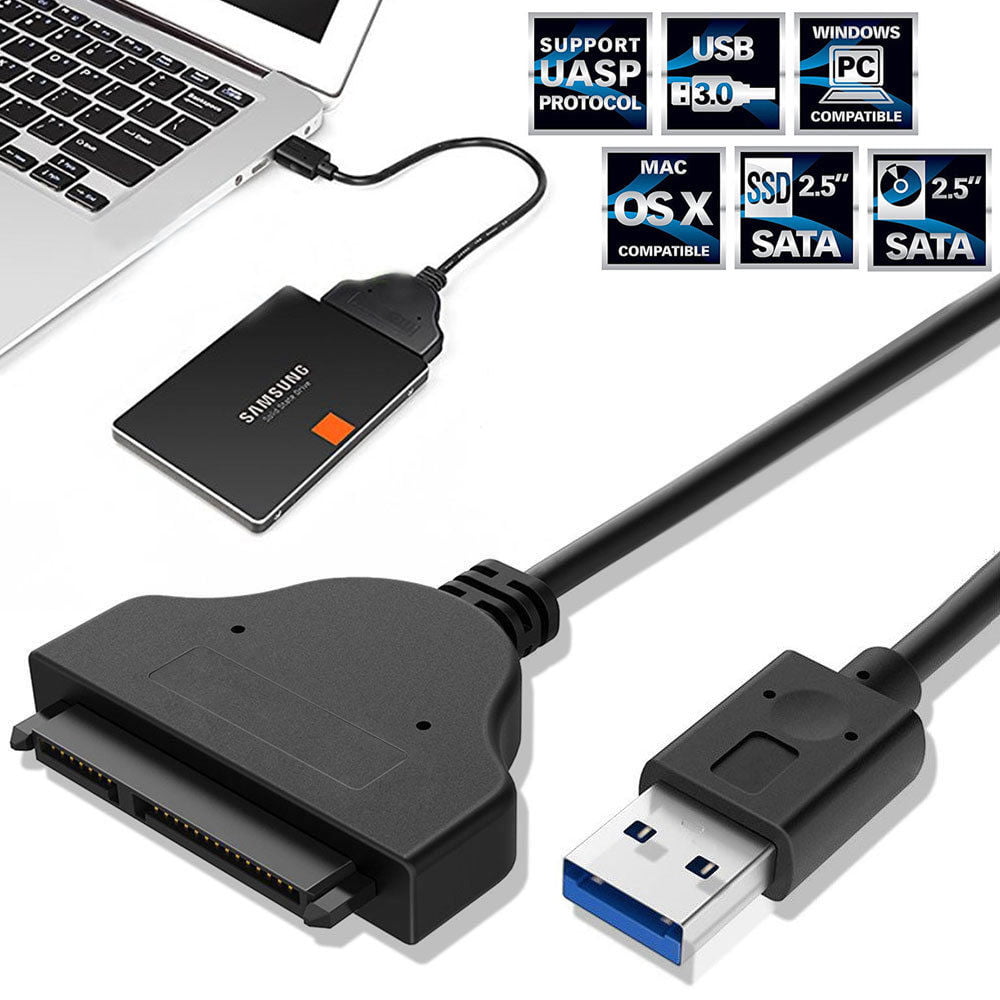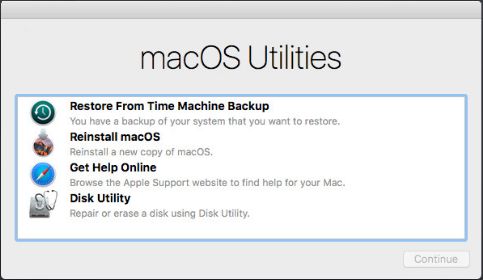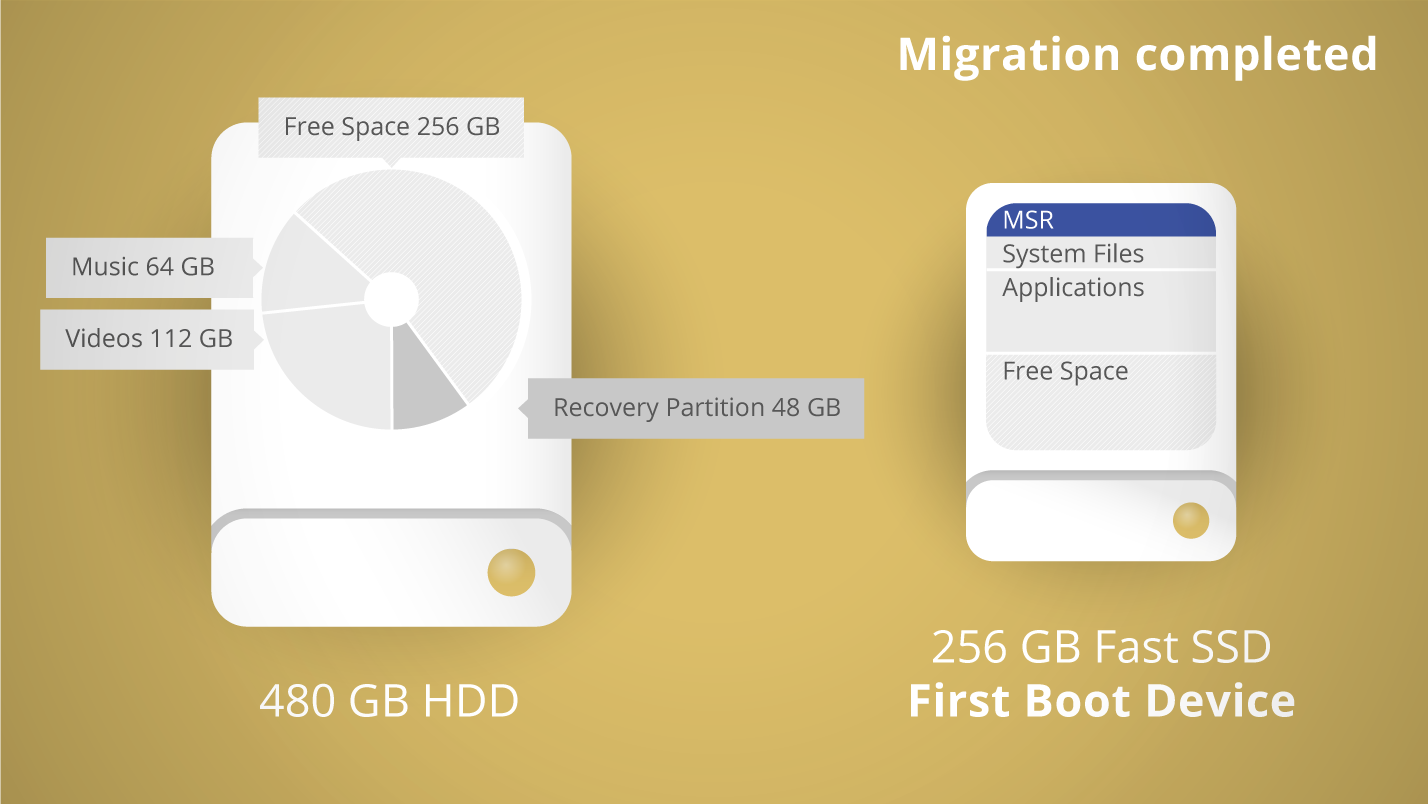

- TRANSFERRING MAC HDD TO SSD FOR MAC
- TRANSFERRING MAC HDD TO SSD PORTABLE
- TRANSFERRING MAC HDD TO SSD PC
- TRANSFERRING MAC HDD TO SSD ZIP
It supports securely and easily clone Mac hard drive to a Samsung T5 portable SSD or to a Seagate external hard drive, WD external hard drive, etc.
TRANSFERRING MAC HDD TO SSD FOR MAC
Once the process gets finished, you can check the disk image on the Samsung T5 portable SSD.ĪweClone for Mac is one of the best disk cloning software for Mac OS. AweClone for Mac will quickly create a disk image of your Mac hard drive and save it to the Samsung T5 portable SSD automatically. Here, select Mac hard drive as the source drive, select the Samsung T5 portable SSD as the destination drive. This mode will quickly create a disk image or the source drive and save the disk image to the destination drive.

AweClone can help you do the job by 1 click.
TRANSFERRING MAC HDD TO SSD ZIP
If you want to a disk-saving method to clone Mac hard drive to a Samsung T5 portable SSD, you can create a DMG or ZIP disk image of your Mac hard drive and save it to the Samsung T5 portable SSD. Once the cloning process gets finished, you can check the cloned data on the Samsung T5 portable SSD. Make sure the new location will be used going forward. Copy the folder where your catalog is located to the SSD drive. Just click on Copy Now button to securely copy Mac hard drive to your Samsung T5 portable SSD. Here are the basic steps to move your Lightroom catalog from one drive to another: Find where your catalog is located (Lightroom can show you) Make sure Lightroom is closed. Copy Mac hard drive to Samsung T5 portable SSD. Just select the Mac hard drive as the source drive and select the Samsung T5 portable SSD as the destination drive. Run AweClone for Mac on from Launchpad, then you will see the disk cloning mode - Disk Copy. Select the source drive and destination drive. The first mode will help you copy all or part of data from Mac hard drive to a Samsung T5 portable SSD. Copy Mac data to Samsung T5 portable SSD. This Mac disk cloning software offers two modes to help you clone Mac hard drive to your Samsung T5 portable SSD. If you want to clone Mac hard drive to a Samsung T5 portable SSD, just open AweClone for Mac and connect the Samsung T5 portable SSD to your Mac computer. It supports to clone any type of HDD, SSD, USB flash drive, memory card, digital device on Mac.
TRANSFERRING MAC HDD TO SSD PC
Since it uses the same technologies as the ones above, a drive like this can easily be a SATA SSD and provide the "slow" 500 MB/s speed as a 2.5" SATA3 drive (albeit takes up much less space), but it can also connect through PCIe with NVMe technology, so before making a purchase, make sure both the Drive and the Motherboard support the same type of M.2 SSD (preferably NVMe).Download for Mac Download for PC Easily clone Mac hard drive to Samsung T5 Portable SSDĪweClone for Mac is a DIY Mac disk cloning tool.

M.2 is basically just a form factor for SSDs, but uses the same kind of connections and controllers as the ones mentioned above, but it is much more compact, so it's easier to place them in laptop computers. Make sure that both your SSD and motherboard support NVMe. AHCI is an older, slower communication method, while NVMe is designed to provide the fastest communication possible for SSDs. These drives can communicate with the computer through two different controllers: AHCI and NVMe. Unlike SATA connectors, the PCIe slots in PCs are capable of transferring a much bigger amount of data more efficiently, so there are SSD drives connecting through PCIe, just like video cards. SSD technology is capable of reading and writing thousands of MB/s, but SATA3 wouldn't be able to transfer data at that speed. They are also adequate for the most common type of SSD drives which are shaped like a classic 2.5" HDD, and are capable of providing around 500 MB/s reading/writing speed. You mostly connect mechanical HDDs through this, which usually provide a 100-150 MB/s theoretical reading/writing speed (for average 7200 RPM HDDs). Though they theoretically could provide a transfer speed of 6 Gb/s (600-750 MB/s), which is more than fast enough for mechanical HDDs, but this standard was created a long time ago with the behavior of mechanical HDDs in mind, so they can somewhat limit the performance of SSDs. Mechanical HDDs are connected to the Motherboard through SATA3 connectors. Let's see what options you have when looking for an SSD (the below explanations are overly simplified but give you a general overview on your options).


 0 kommentar(er)
0 kommentar(er)
